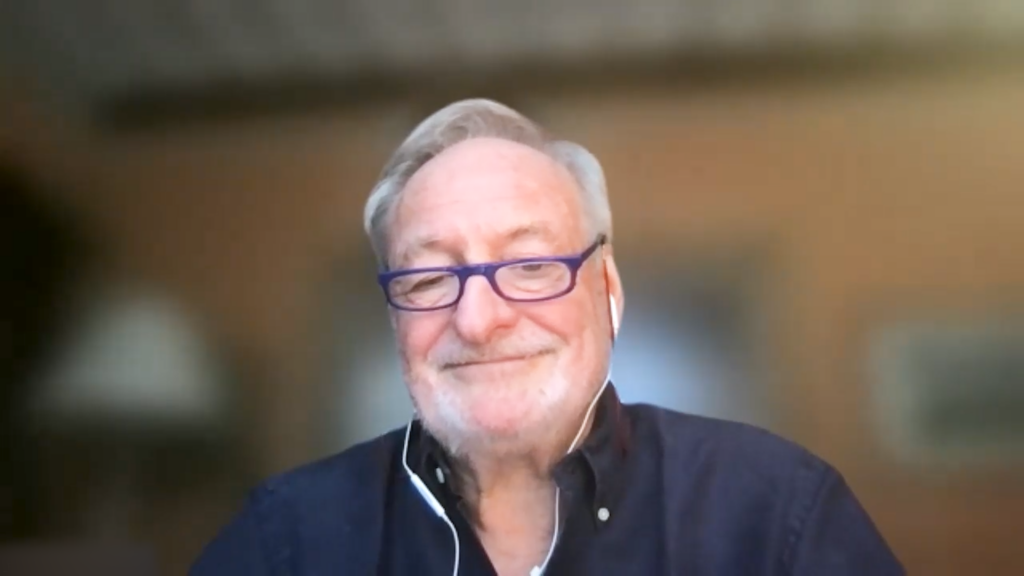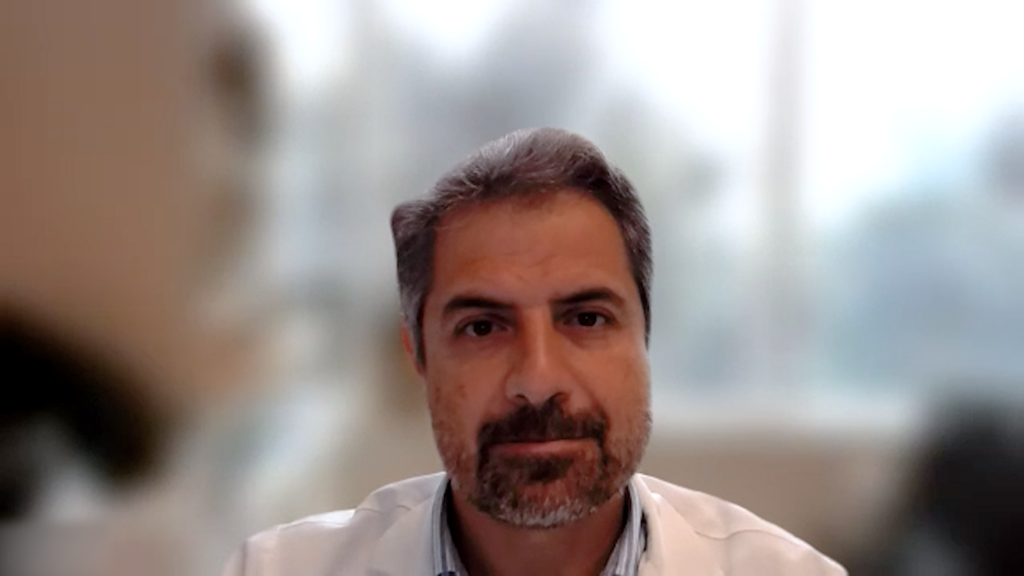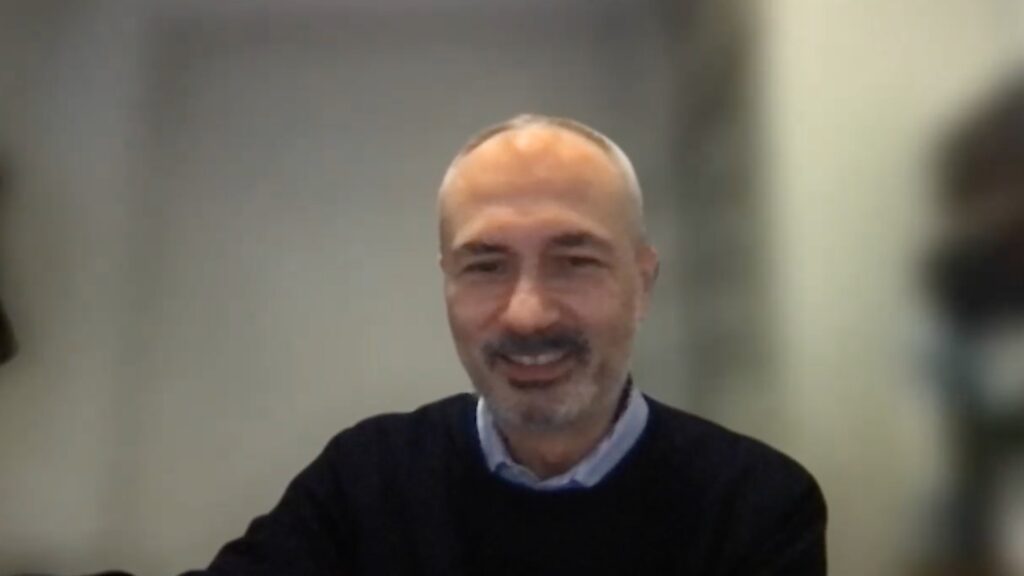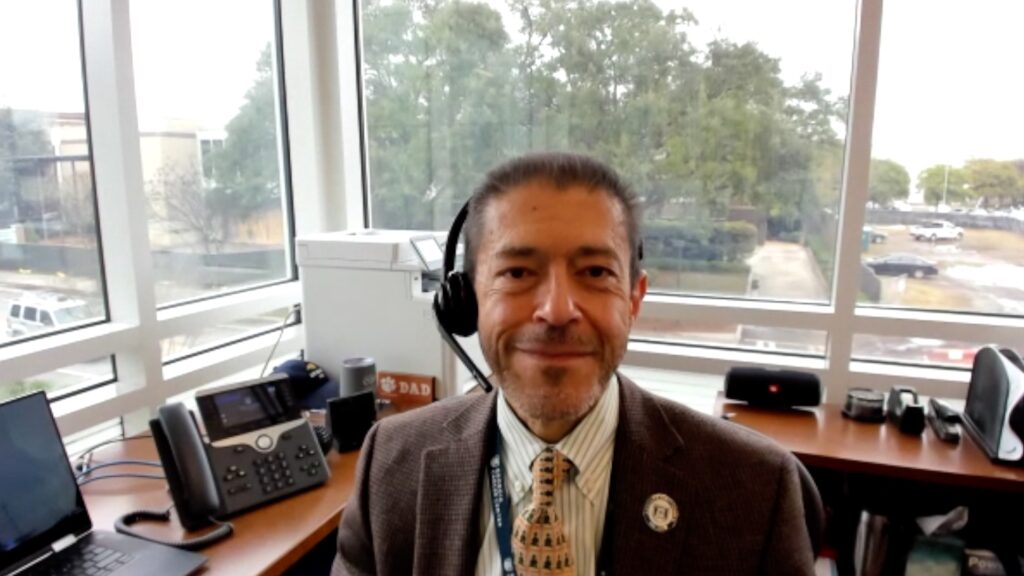Acute myeloid leukaemia (AML) is a rapidly progressing leukaemia that can be fatal within weeks if left untreated. The median 5-year survival in younger (18–60 years) adult patients with AML is roughly 40% and only around 10% in patients above the age of 60 years.1 Despite the fact that AML is a clinically and genetically heterogeneous disease, until recently most patients have been treated by similar chemotherapeutic regimens. While first-line chemotherapy can be extremely effective and even curative, the prognosis is poor for patients who relapse following primary treatment.2 However, following three decades of stagnation in drug development for AML, the clinical options are now rapidly expanding. This is due to an increased understanding of genetic driver mutations in AML and the identification of new molecular markers.2
Alterations of the fms-related tyrosine kinase 3 (FLT3) gene are among the most frequent molecular abnormalities in AML and are present in about 30% of newly diagnosed patients.3 There are two major classes of FLT3 mutations: point mutations in the tyrosine kinase domain and internal tandem duplications (ITDs), both leading to activation of FLT3 kinase and its downstream signalling pathways. When treated with chemotherapy alone, FLT3-ITD-mutated AML is associated with a higher rate of relapse and worse overall survival than FLT3 wild type disease.4 Characterisation of these alterations has led to the development of numerous small molecule FLT3-tyrosine kinase inhibitors (TKIs), most of which compete for the ATP binding site in the active domain of the kinase, inhibiting protein phosphorylation.5 First-generation TKIs lacked specificity for FLT3 and were limited by off-target toxicities. By contrast, second-generation FLT3 inhibitors (e.g. quizartinib, crenolanib, and gilteritinib) are more selective and potent.6
Gilteritinib (Xospata®, Astellas, Chūō, Tokyo, Japan) is a dual FLT3 (ITD and TKD)/AXL inhibitor, which is beneficial since increased Axl-1 expression is thought to be a resistance mechanism with other FLT3 inhibitors, including midostaurin and quizartinib.7 The phase III ADMIRAL study (ClinicalTrials.gov identifier: NCT03182244) compared gilteritinib versus salvage chemotherapy in relapsed/refractory FLT3-mutated AML. An interim analysis of results of this study in 2018 led to the US Food and Drug Administration (FDA) approval of gilteritinib for treatment of adult patients who have relapsed or refractory AML with an FLT3 mutation; the first FLT3 inhibitor approved as single-agent therapy in this population.8 Final results of the ADMIRAL study have been presented at a number of recent conferences, including the 24th European Haematology Association (EHA) Congress, which took place from 13–16 June 2019 in Amsterdam.9
A total of 371 adults were randomly assigned to receive gilteritinib or investigator’s choice of one of several standard salvage chemotherapy regimens: low-dose cytarabine (LoDAC), azacitidine (AZA), mitoxantrone/etoposide/cytarabine (MEC), or fludarabine/cytarabine/granulocyte colony-stimulating factor/idarubicin (FLAG-IDA). Patients were required to have a centrally confirmed FLT3 mutation (FLT3-ITD or FLT3-TKD) at screening and had to be refractory to induction chemotherapy or in untreated first relapse. The majority of patients had the FLT3-ITD mutation (88%), 8% had the FLT3-TKD mutation, and 2% had both; 61% of patients had relapsed AML and 39% had refractory disease.
Results showed that patients in the gilteritinib group had a 36% lower risk of death than those receiving salvage chemotherapy (overall survival 9.3 months versus 5.6 months; hazard ratio [HR] for death 0.637; p=0.0007); 1-year survival rates were 37% for patients who received gilteritinib compared to 17% for patients who received salvage chemotherapy. Complete remission with partial hematologic recovery was doubled in patients receiving gilteritinib compared to those receiving salvage chemotherapy (34.0% versus 15.3%, p=0.0001), this included complete responses in 21.1% and 10.5% (p=0.0106). The median duration of remission was 11 months for patients receiving gilteritinib. Median event-free survival was 2.8 months and 0.7 months in the gilteritinib and salvage chemotherapy arms, respectively (HR 0.793, p=0.0830). The survival benefit was maintained regardless of the presence of several common co-mutations: NPM1 (47.9% of the study population had these mutations), DNMT3A (31.9%), DNMT3A/NPM1 (23.8%), and WT1 (18.0%). The longest survival in the gilteritinib arm was seen among patients who proceeded to transplant and then resumed gilteritinib thereafter to prevent relapse.9
The most common treatment-related adverse events (AEs) were anaemia (33%), increased alanine aminotransferase (24%), increased aspartate aminotransferase (24%), febrile neutropenia (21%), thrombocytopenia (19%), constipation (17%), pyrexia (15%), fatigue (15%), decreased neutrophil count (14%), increased blood alkaline phosphatase (13%), nausea (13%), hypokalaemia (11%), cough (11%), headache (10%), and diarrhoea (10%). Although the incidence of AEs was similar in both treatment arms, patients took gilteritinib for considerably longer than they underwent chemotherapy. When adjusted for exposure duration, serious treatment-emergent AEs per patient year were less common with gilteritinib (7.1%) than salvage chemotherapy (9.2%).9
It is important to note that long-term survival was rare, highlighting the poor prognosis of this study population. One potential future challenge is management of patients with relapsed/refractory AML treated with other FLT3 inhibitors. To date, only midostaurin in combination with chemotherapy has been approved in the first-line treatment setting.10 This approval took place while the ADMIRAL trial was in progress so only 5.7% of patients in ADMIRAL had prior midostaurin exposure. However, use of front-line midostaurin was associated with a lower response when patients were treated with another FLT3 inhibitor in the relapsed/refractory setting, although this might reflect differences in the patient population and eligibility criteria.12 Another challenge is that the long-term benefits of many FLT3 TKIs are limited by novel, treatment-emergent activating mutations in FLT3 that confer in vitro resistance, and a small number of cases of gilteritinib resistance have been reported.13 Combinations of gilteritinib and other agents may further improve long-term outcomes.
These findings herald a new standard of care for patients with refractory FLT3-AML. The once-daily oral dosing regimen of gilteritinib means that it can be given in an outpatient setting. Other FLT3 agents, such as FF-10101, which forms a covalent bond with FLT3,14 are in clinical development and are likely provide additional options for these patients. It will also be interesting to investigate gilteritinib in the first-line treatment setting, although such studies will use the drug in combination with chemotherapy, as single-agent targeted therapy is unlikely to induce durable remissions. The findings of ADMIRAL bring hope to patients who generally have a very poor prognosis.
Medical writing assistance was provided by Katrina Mountfort of Touch Medical Media, and supported by Touch Medical Media.
References
- Dohner H, Weisdorf DJ, Bloomfield CD. Acute myeloid leukemia. N Engl J Med. 2015;373:1136–52.
- Papaemmanuil E, Gerstung M, Bullinger L, et al. Genomic classification and prognosis in acute myeloid leukemia. N Engl J Med. 2016;374:2209–21.
- Stirewalt DL, Radich JP. The role of FLT3 in haematopoietic malignancies. Nat Rev Cancer. 2003;3:650–65.
- Yanada M, Matsuo K, Suzuki T, et al. Prognostic significance of FLT3 internal tandem duplication and tyrosine kinase domain mutations for acute myeloid leukemia: a meta-analysis. Leukemia. 2005;19:1345–9.
- Lancet JE. FLT3 inhibitors for acute myeloid leukemia. Clin Adv Hematol Oncol. 2015;13:573–5.
- Karaman MW, Herrgard S, Treiber DK, et al. A quantitative analysis of kinase inhibitor selectivity. Nat Biotechnol. 2008;26:127–32.
- Park IK, Mundy-Bosse B, Whitman SP, et al. Receptor tyrosine kinase Axl is required for resistance of leukemic cells to FLT3-targeted therapy in acute myeloid leukemia. Leukemia. 2015;29:2382–9.
- FDA approves gilteritinib for relapsed or refractory acute myeloid leukemia (AML) with a FLT3 mutatation. Available at: www.fda.gov/drugs/fda-approves-gilteritinib-relapsed-or-refractory-acute-myeloid-leukemia-aml-flt3-mutatation (accessed 24 June 2019).
- Perl A, Martellini G, Cortes J, et al. Gilteritinib significantly prolongs overall survival in patients with FLT3-mutated relapsed/refractory acute myeloid leukaemia: results from the Phase III Admiral trial. Presented at the 24th European Haematology Association (EHA) Congress, 13–16 June 2019 in Amsterdam S876.
- Stone RM, Manley PW, Larson RA, et al. Midostaurin: its odyssey from discovery to approval for treating acute myeloid leukemia and advanced systemic mastocytosis. Blood Adv. 2018;2:444–53.
- MacMahon CM, Cabaabi J, Rea B, et al. Mechanisms of acquired resistance to gilteritinib therapy in relapsed and refractory FLT3-mutated acute myeloid leukemia. Blood. 2017;130:295.
- Perl AE, Altman JK, Cortes J, et al., Selective inhibition of FLT3 by gilteritinib in relapsed or refractory acute myeloid leukaemia: a multicentre, first-in-human, open-label, phase 1-2 study, Lancet Oncol, 2017;18:1061-75.
- McMahon CM, Ferng T, Canaani J, et al., Clonal Selection with RAS Pathway Activation Mediates Secondary Clinical Resistance to Selective FLT3 Inhibition in Acute Myeloid Leukemia, Cancer Discov, 2019;
- Yamaura T, Nakatani T, Uda K, et al., A novel irreversible FLT3 inhibitor, FF-10101, shows excellent efficacy against AML cells with FLT3 mutations, Blood, 2018;131:426-38.











